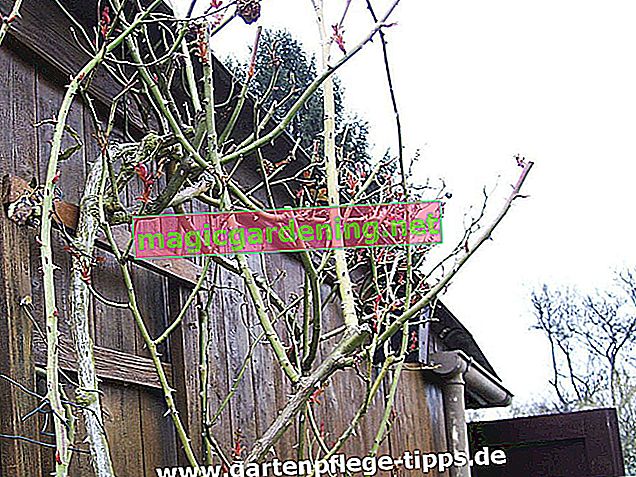
What are old roses?
The old roses, also known as historical roses, are very rare, mostly very double and just as fragrant cultivars from the years before 1867. The following species in particular are counted among these:
- French rose
- Damascus rose
- Alba rose
- China rose
- Portland rose
- Bourbon rose
- Moss rose
also read
- For a wonderfully fragrant bloom - plant Baccara roses correctly
- For healthy roses and more abundance of flowers - pruning faded roses
- Cut the roses correctly for the vase
Like all roses, the historical roses also require careful care and educational pruning. When and how strongly you ultimately have to prune, depends above all on the type and variety of the rose: While the permanent bloomers can withstand a more powerful pruning, many single-flowering varieties should only be thinned out. The old, single-flowering varieties include, in addition to wild roses, Rosa alba, Rosa damaszena and Rosa gallica. Both Portland and Bourbon roses, on the other hand, are remontant, and China roses even bloom more often.
If possible, cut old roses in spring
The main cut of the historical roses is also done in spring, at best when the forsythia is in bloom. You should cut back the entire shrub by about a third or even half. Cut back side shoots more than the ones in the middle to achieve a dome-like growth habit. Shoots that are more than five years old usually no longer have flowers and should therefore be radically shortened. Shrubs that have aged completely - for example due to insufficient pruning - can be cut down to five centimeters, they usually sprout again without any problems.
Cut back depending on the type of rose
How much you prune your historical rose depends on the specific type and variety. Bourbon roses, for example, have to be cut back quite a lot, while the summer-blooming Damascus roses may not be cut very much (they quickly become blooming). Instead, you can pinch them, that is, carefully clip off the tips of new shoots with your fingernails.
Regularly remove faded
In addition to removing sick (especially fungus-infested!) And damaged shoots and dead wood, you should also always remove shoot tips with faded flower heads. These hygienic measures ensure that various pathogens do not establish themselves in the first place and can threaten your valuable old rose.
Tips
If a climbing rose has been neglected and side shoots have not been nurtured through regular training and tying, numerous bare stems can be seen near the ground. To encourage the development of new basal saplings, trim back some of the old bare stems almost to the ground.








